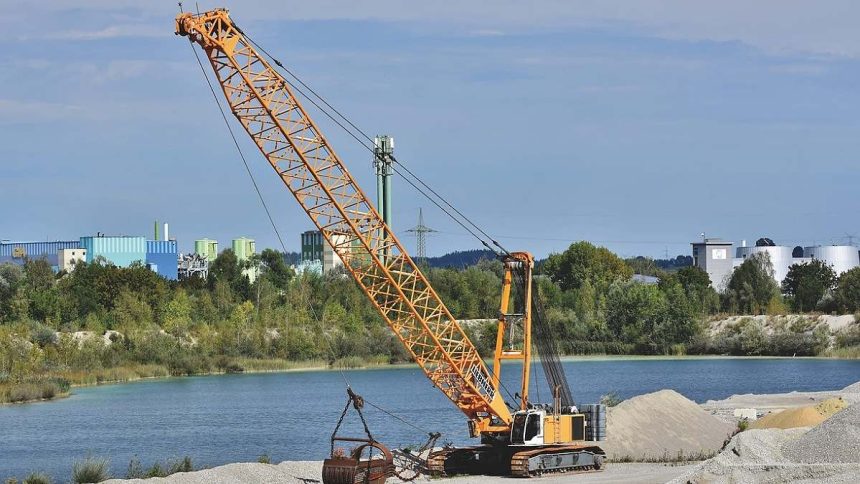A crane is a powerful machine designed to lift and transport heavy loads. These machines are essential for construction projects such as building high-rises and bridges, where moving heavy materials to elevated heights is crucial. The design of the crane, with its long arm or “jib,” mirrors the long neck of the crane bird, which is how it got its name.
Evolution of Cranes in Construction
While cranes have been in use since ancient times, they gained widespread popularity in the 19th century with the invention of the steam engine, petrol engines, and electric motors. These technological advances significantly boosted the capabilities of cranes, allowing them to lift heavier loads and operate more efficiently. Modern cranes are now indispensable in various construction and industrial applications.
Types of Cranes: Stationary and Mobile
There are two primary types of cranes: stationary and mobile. Mobile cranes are more versatile and widely used, especially on construction sites. Some cranes are equipped with a jib that can be raised and lowered, and many can rotate 360 degrees. This flexibility makes them ideal for moving loads across different parts of a construction site.
In contrast, stationary cranes are fixed in place and are often used for long-term projects. For example, bridge cranes lift loads up and down and transport them horizontally across a construction area using tracks.
The Mechanics Behind Mobile Cranes
Mobile cranes are highly efficient machines typically equipped with motors and wheels for easy movement across construction sites. These cranes can lift impressive loads, often up to 80 metric tons (72 tons). Their jib lengths can extend up to 30 meters (100 feet), allowing them to reach great heights and distances.
One specialized type of mobile crane is the hammerhead, or cantilever crane, which features a long horizontal jib. It operates using the cantilever method, making it ideal for constructing tall buildings.
Cranes with Electromagnets for Industrial Use
In industrial settings such as factories, cranes with large electromagnets are commonly used to move iron and steel materials. These electromagnets can easily lift and transport heavy iron pieces from one location to another, streamlining the production process.
Cranes for Bridge and Shipyard Construction
In bridge construction, cranes operate on a track system. A load-carrying device moves along these tracks, making it easier to transport materials across the structure. Similarly, forklifts, a type of crane, are commonly used to load goods from warehouses onto ships. These machines can lift and transport large boxes and crates with ease.
Gantry cranes, featuring long booms, are often used to unload goods from ships. In factory environments, overhead cranes are prevalent, helping to move heavy loads within confined spaces.
The World’s Most Powerful Crane
The Taisun crane is currently considered the most powerful crane in the world. It holds the record for the heaviest lift, capable of lifting over 44 million pounds (20,000 metric tons). This massive machine is located in Yantai, Shandong Province, China, and is primarily used for offshore vessels.
Here are some key features of the Taisun crane:
- Lifting capacity: 20,000 tons
- Height: 133 meters
- Span: 120 meters
- Weight: 3,000 tons
- Boom length: 160 meters
While the Taisun crane holds the current record, there are other powerful cranes in existence, each with its own unique capabilities and applications.
Cranes have revolutionized the construction and industrial sectors, enabling us to build taller, stronger, and more complex structures. Whether it’s the versatility of mobile cranes or the power of stationary ones, these machines are essential for any project requiring heavy lifting and precise load movement.




